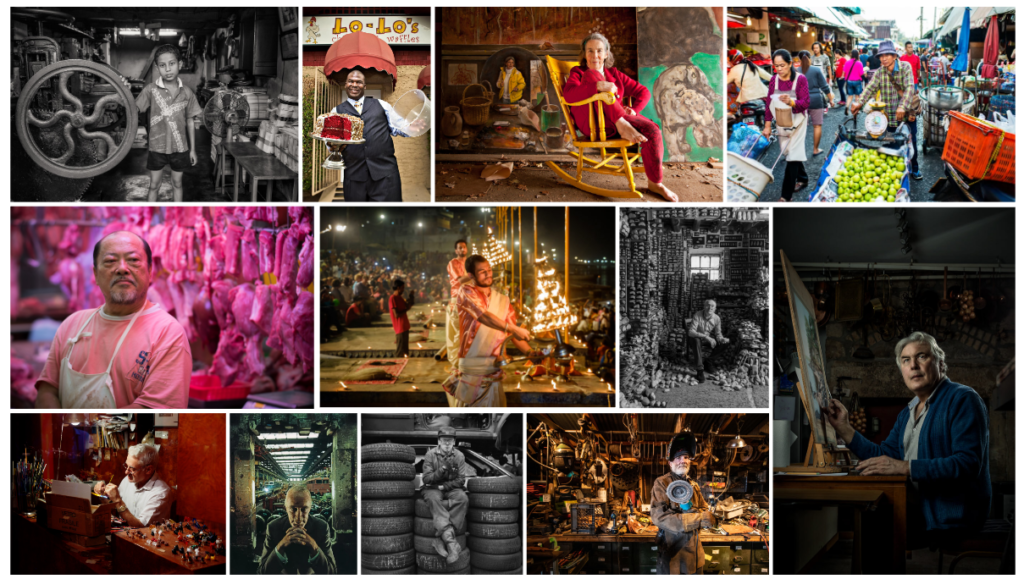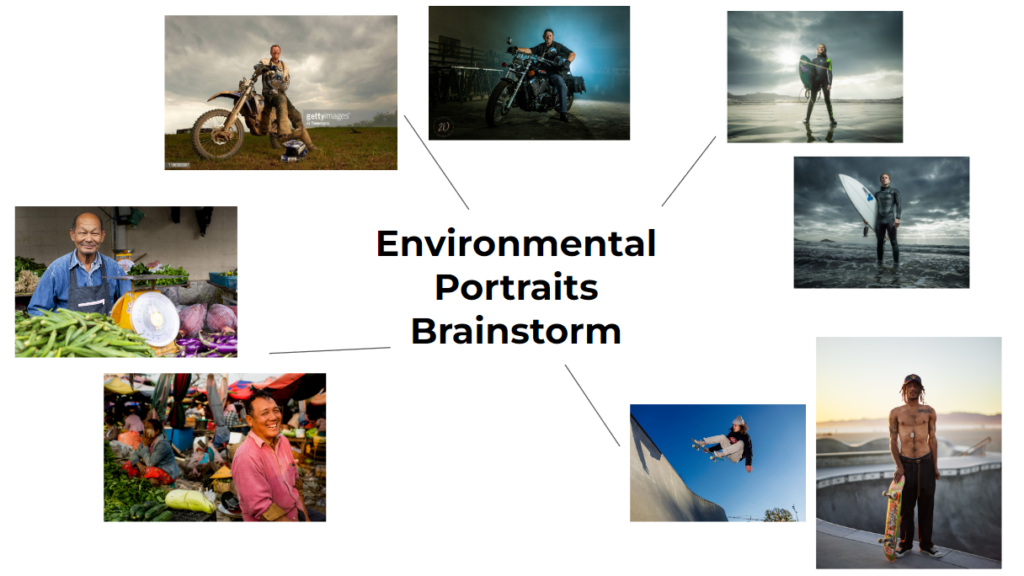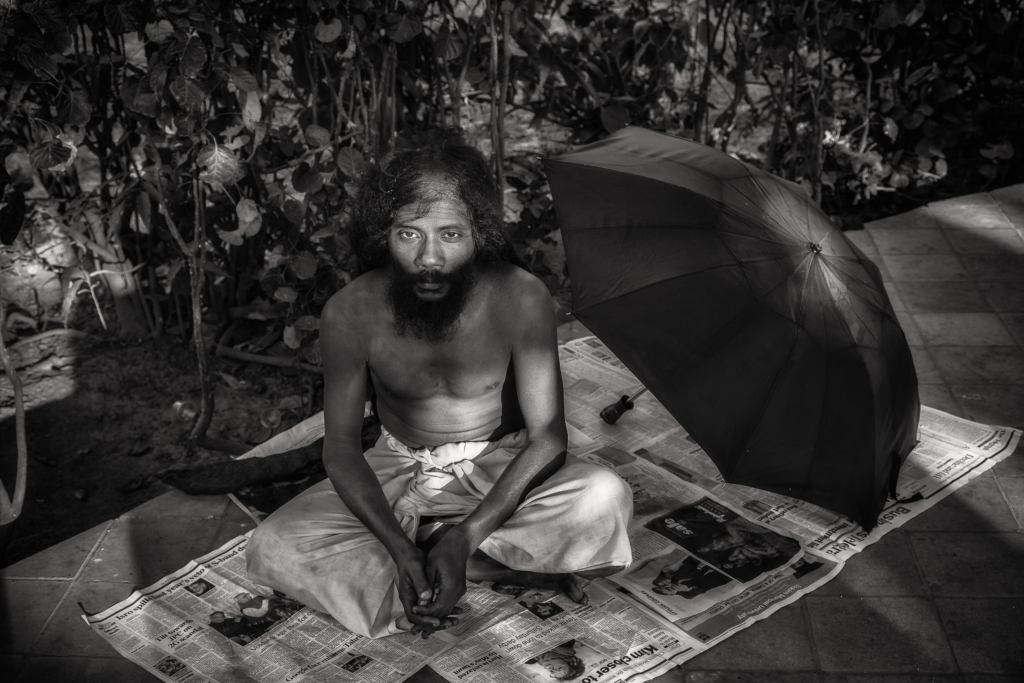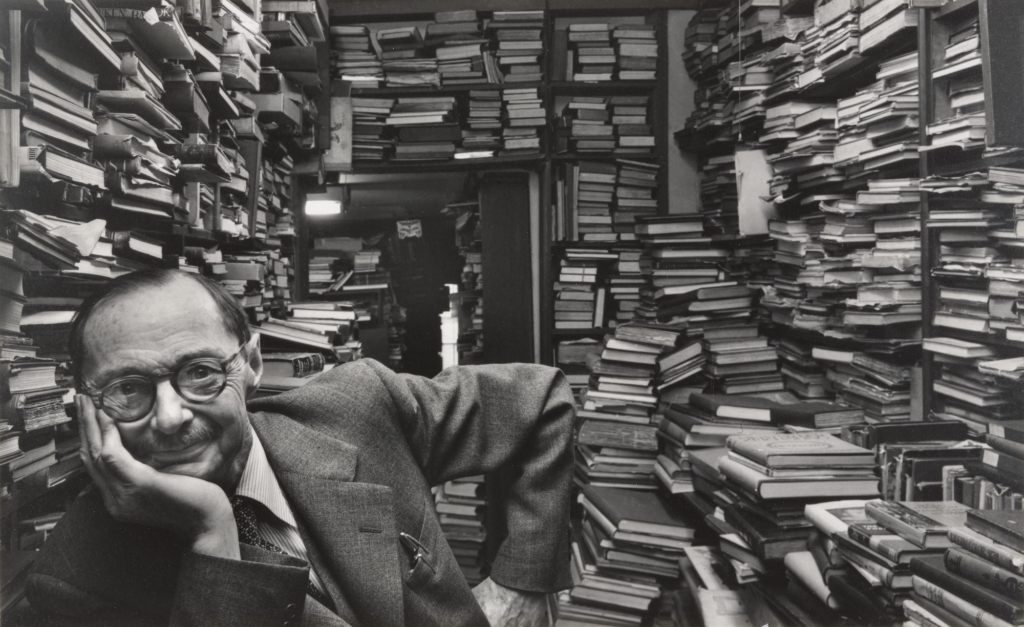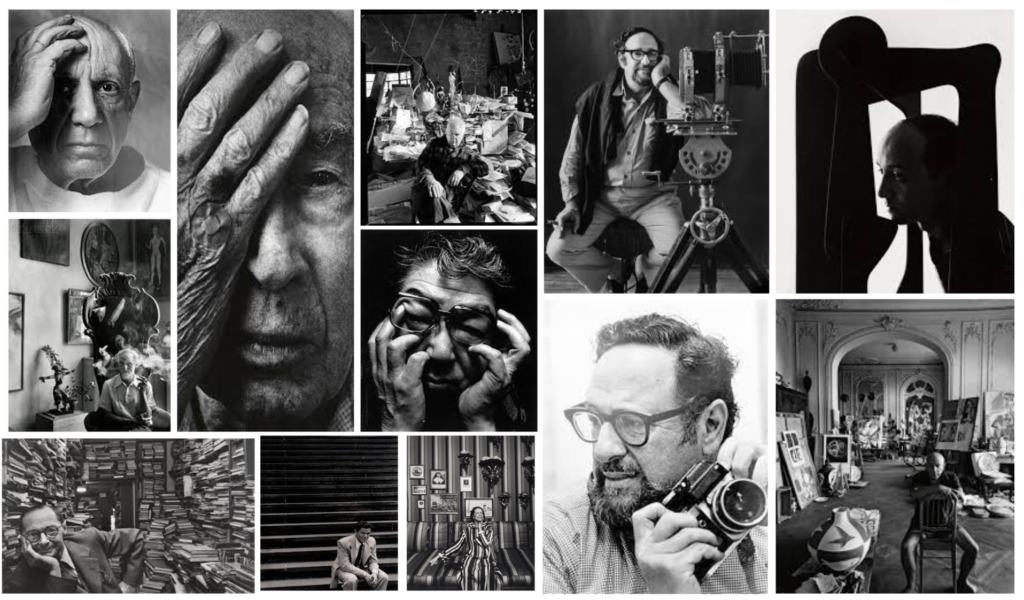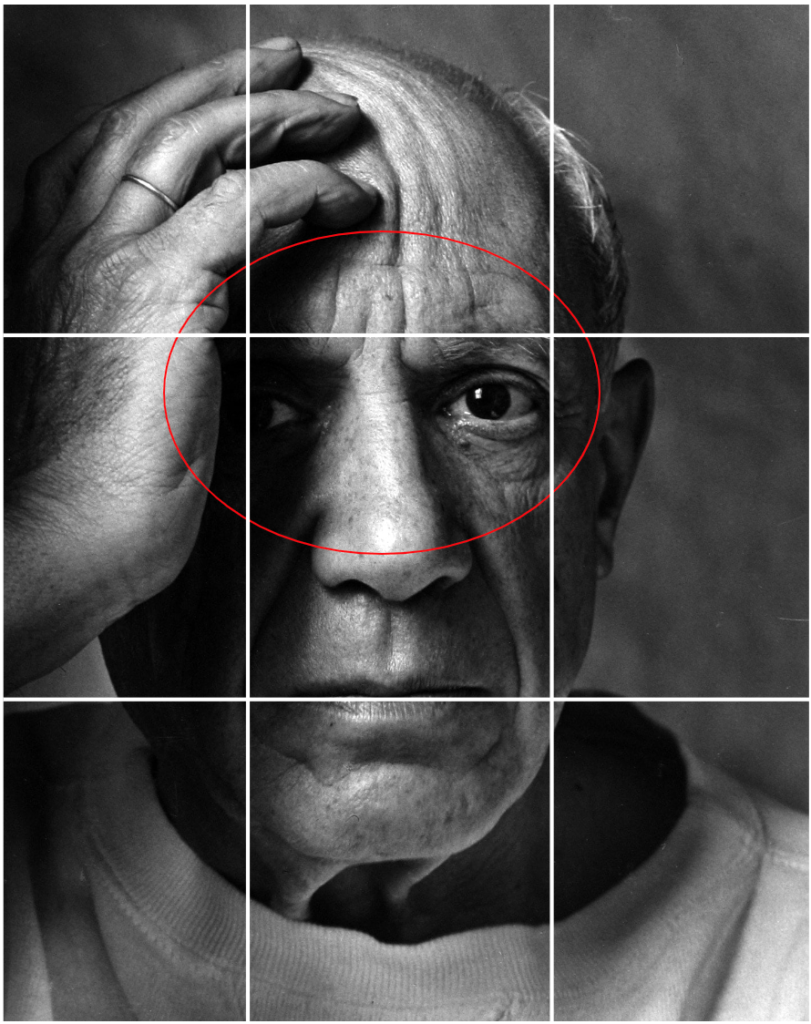“An environmental portrait is a portrait executed in the subject’s usual environment, such as in their home or workplace, and typically illuminates the subject’s life and surroundings. The term is most frequently used of a genre of photography“, shortened- a photograph that includes the person and the environment, for example behind them.
An environmental portrait is a photographed portrait that captures subjects in their natural surroundings instead of in a studio or other artificial setup. this means for a good environmental portrait photograph, the persons’ immediate surroundings will give the viewer insight into where these people are, what they do, and who they are, the location usually has a link to the person, these could be Locations that help to tell a person’s story could be places where they relax, work. for example a garage for a mechanic or person that spend their time there, either for passion or work or both.

Above I have created a Mood Board showing a rage of different environmental portraits that interest me. What I have found when analysing the mood board is that I have included both portrait in which a person is facing away from the camera or they are doing their job which links to the environment, and photograph that have a person being in a still position, looking at the camera.
One of the most important photographers, which their work linked to the title of environmental portraits are:
- August Sander (1876 – 1964)

August Sander German
ca. 1928, printed 1976
- Paul Strand (1890 – 1976)
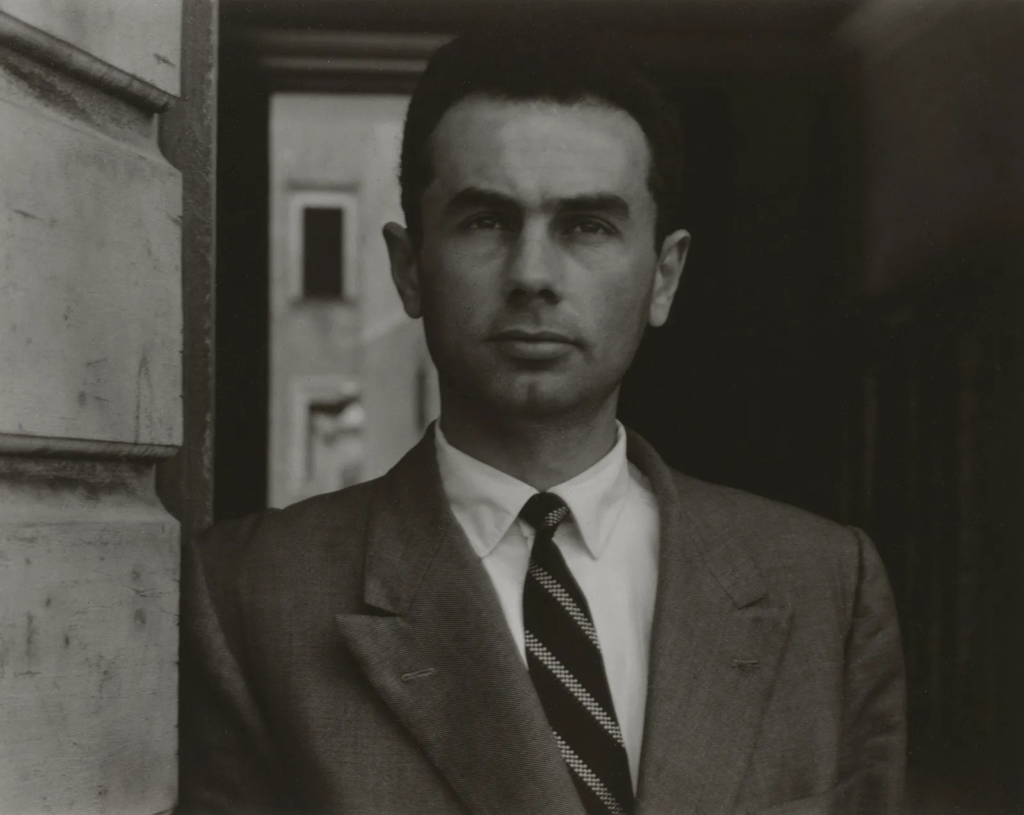
- Arnold Newman (1918 – 2006)

- Daniel Mordzinski (1960 – )

MORDZINSKI, Daniel
2002
- Mary Ellen Mark (1940 – 2015)








